An innovative new pilot project aims to make it easier for pastoral farmers to protect and restore native biodiversity on their farms.
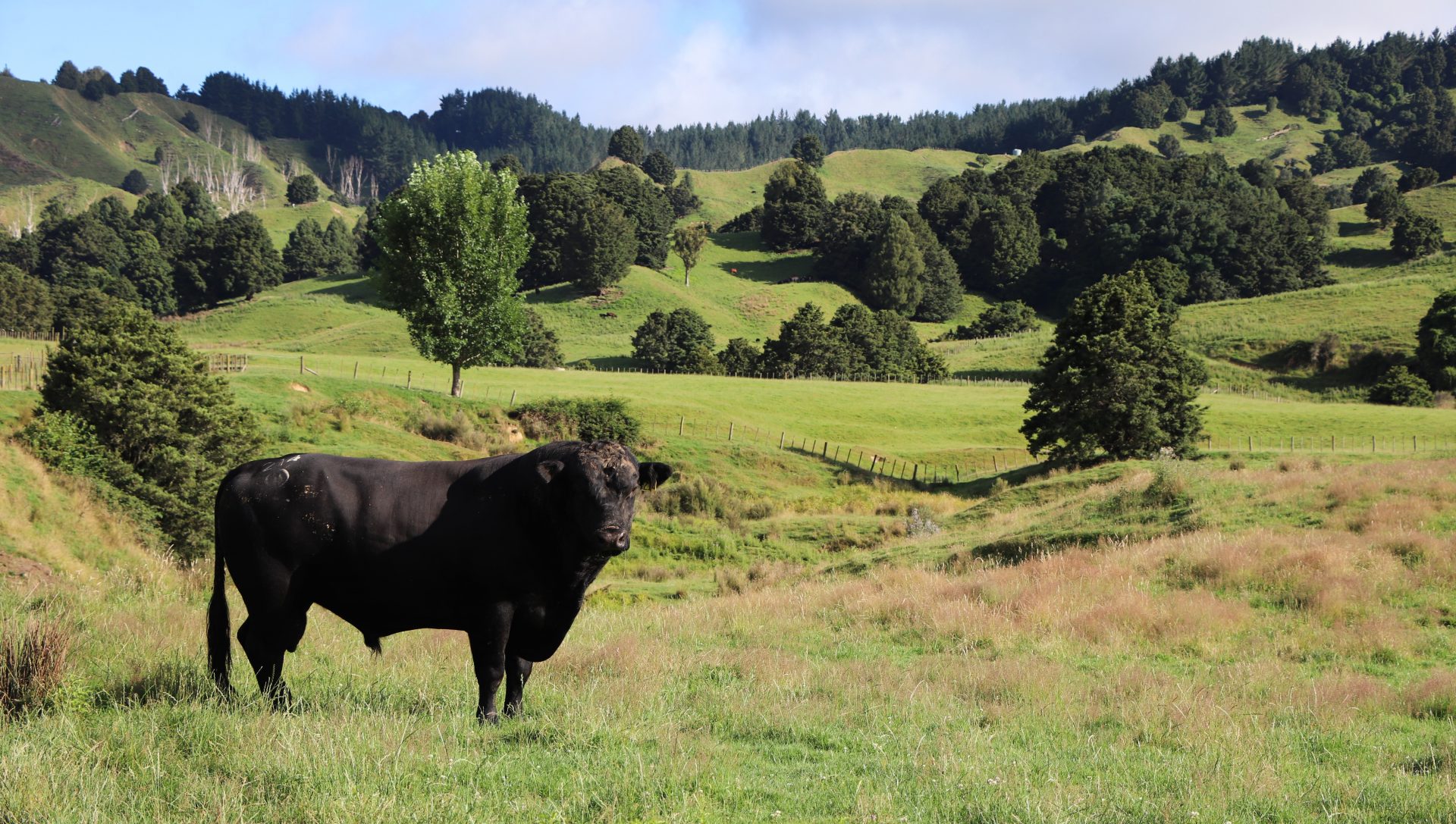
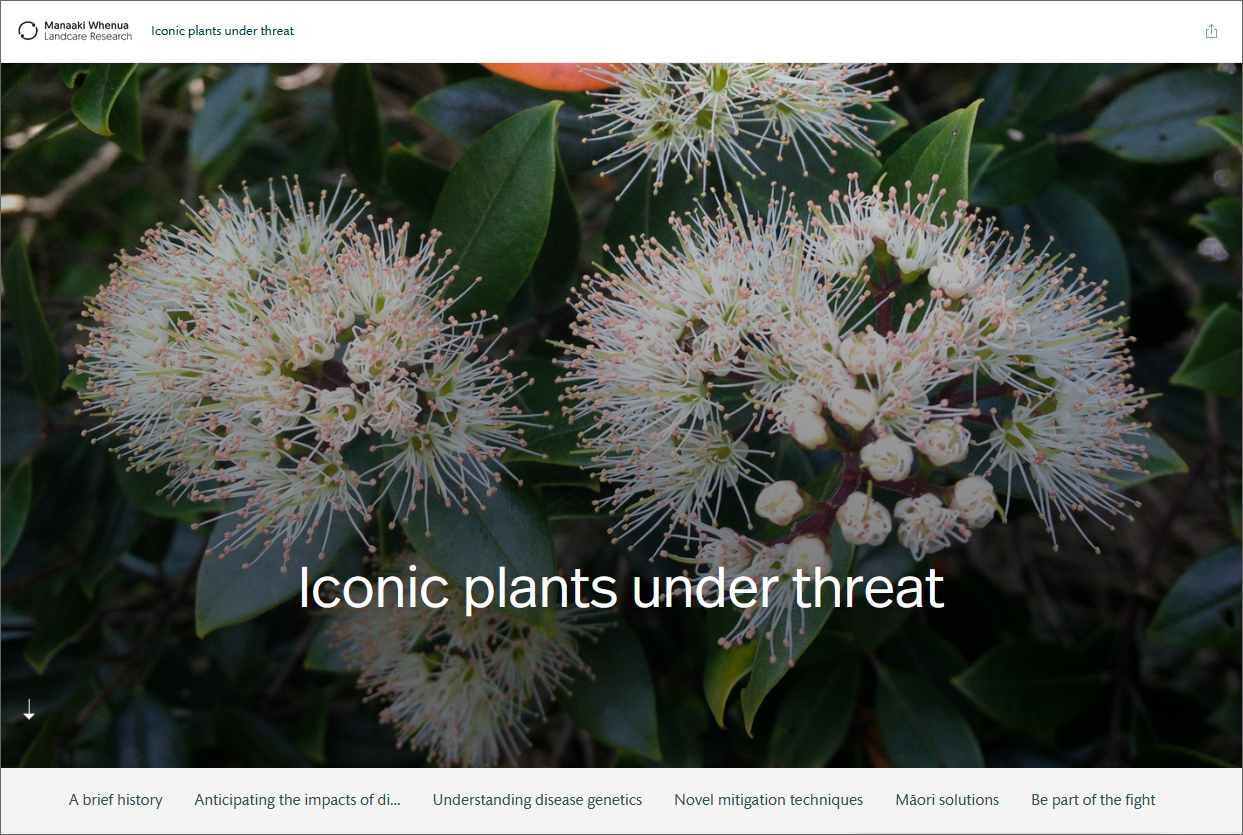
The Beyond Myrtle Rust story map is here!
We’ve been hard at work articulating and illustrating what we are up to at Beyond Myrtle Rust. Here is our story.

Vladislav Kholostiakov, plant whisperer
Beyond Myrtle Rust would like to introduce and welcome our newest PhD student, Vladislav Kholostiakov, to the broader myrtle rust community.
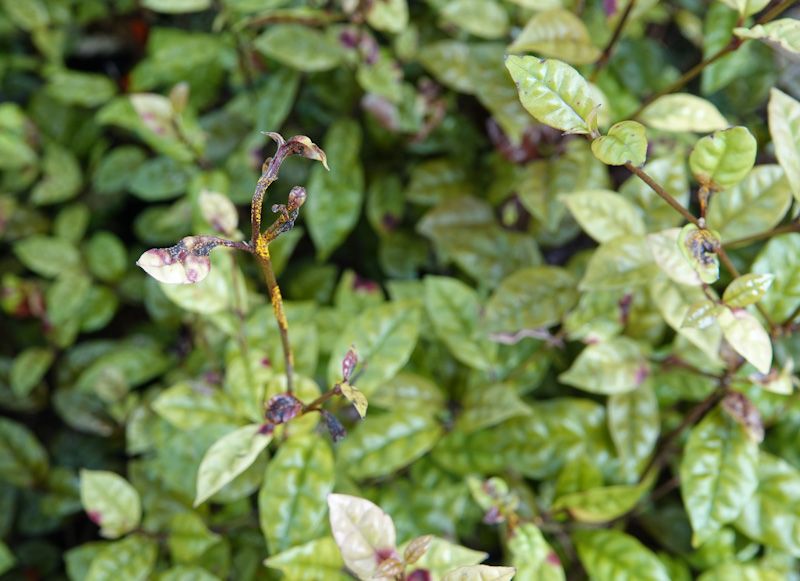
Working with Scion to understand Lophomyrtus reproduction
Ramarama (Lophomyrtus bullata) and rōhutu (Lophomyrtus obcordata) are particularly susceptible to myrtle rust infection, with full tree death of ramarama first reported in 2020. It is critical we understand the reproduction of these species to ensure their survival.
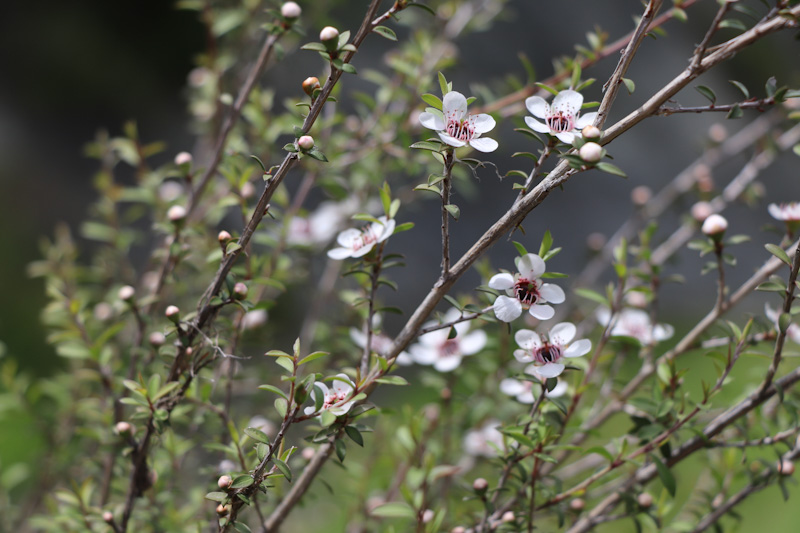
Cape to City looks for thriving ecosystems amid mānuka plantations
A Manaaki Whenua – Landcare Research study has found that native invertebrate communities can survive in fragmented mānuka (Leptospermum scoparium) plantations, persevering alongside, and eventually superseding their introduced counterparts as the planted mānuka ages and is restored.
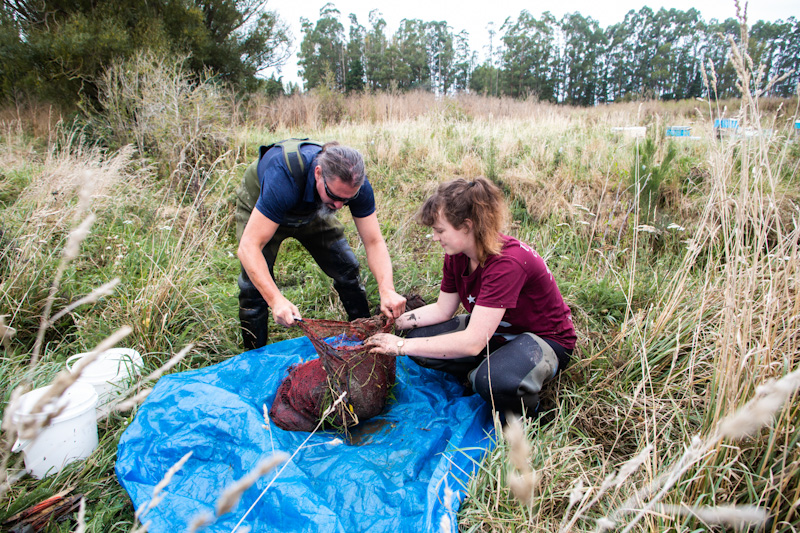
The ripple effect of great research
The BioHeritage Challenge aims to not just create impact while the projects are running, but to catalyse new collaborations far beyond the lifetime of the original programmes.
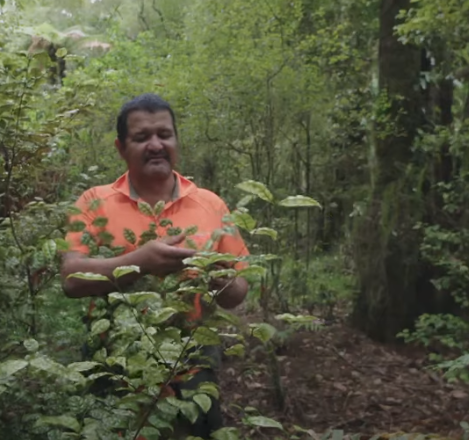
Mate Tipu, Mate Rākau
A new documentary, titled “Mate Tipu, Mate Rākau”, has been released by Toi Taiao Whakatairanga.
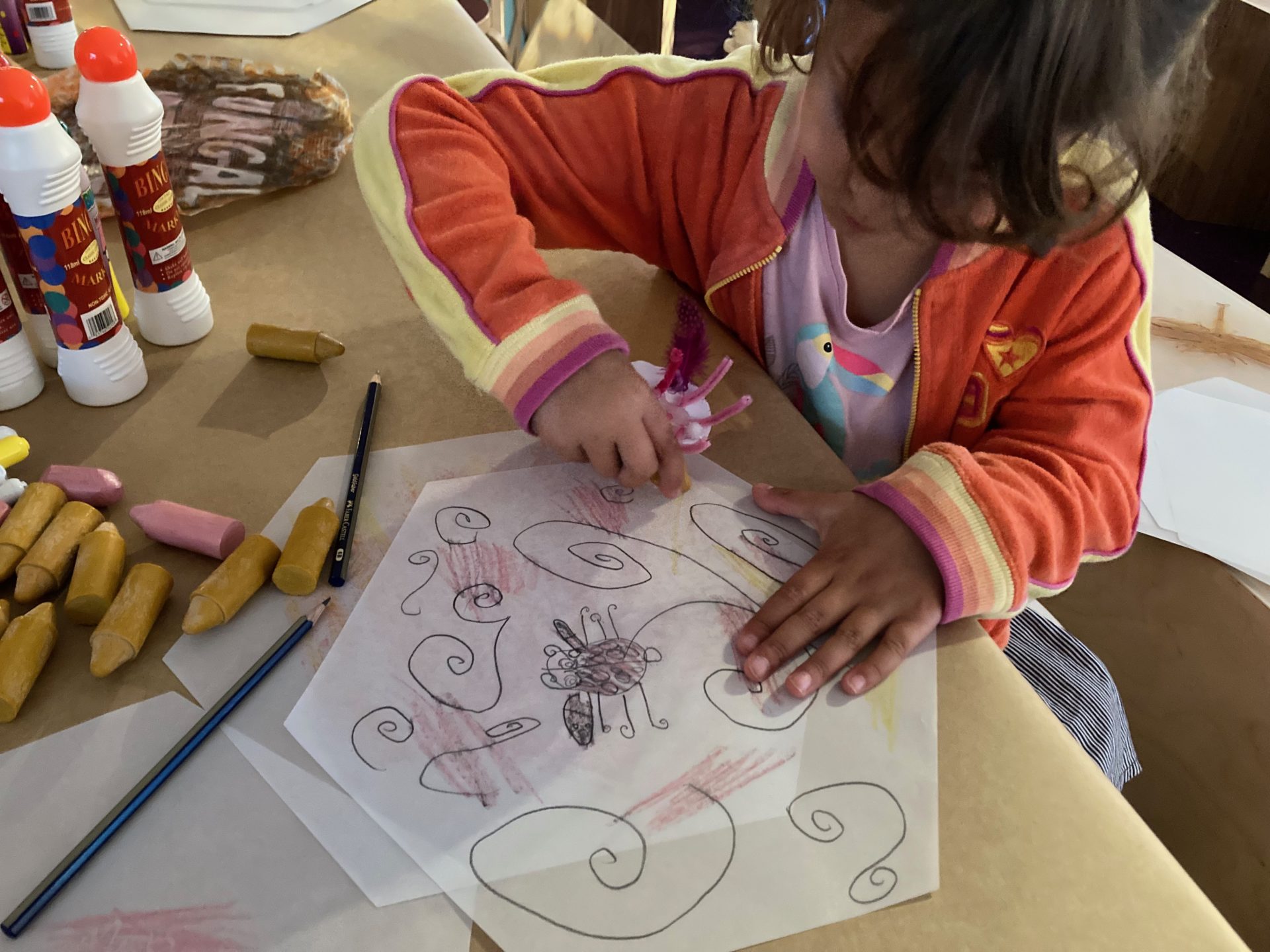
Ngarara in the Ngahere – a Toi Taiao Whakatairanga project
On 21 June 2021, about 25 adults and children assembled in the Auckland Art Gallery | Toi o Tāmaki’s Todd Foundation Creative Learning Centre to participate in an immersive art and science workshop.
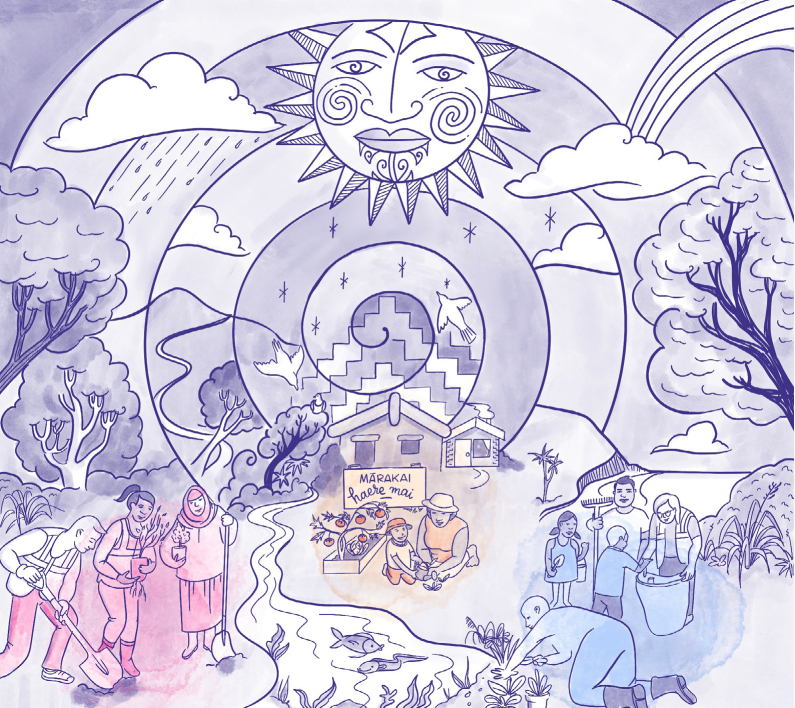
Protecting our bioheritage together: How to talk about co-governance
‘How to talk about co-governance of our bioheritage’ is a short guide for communicators and advocates of environmental management and policy.
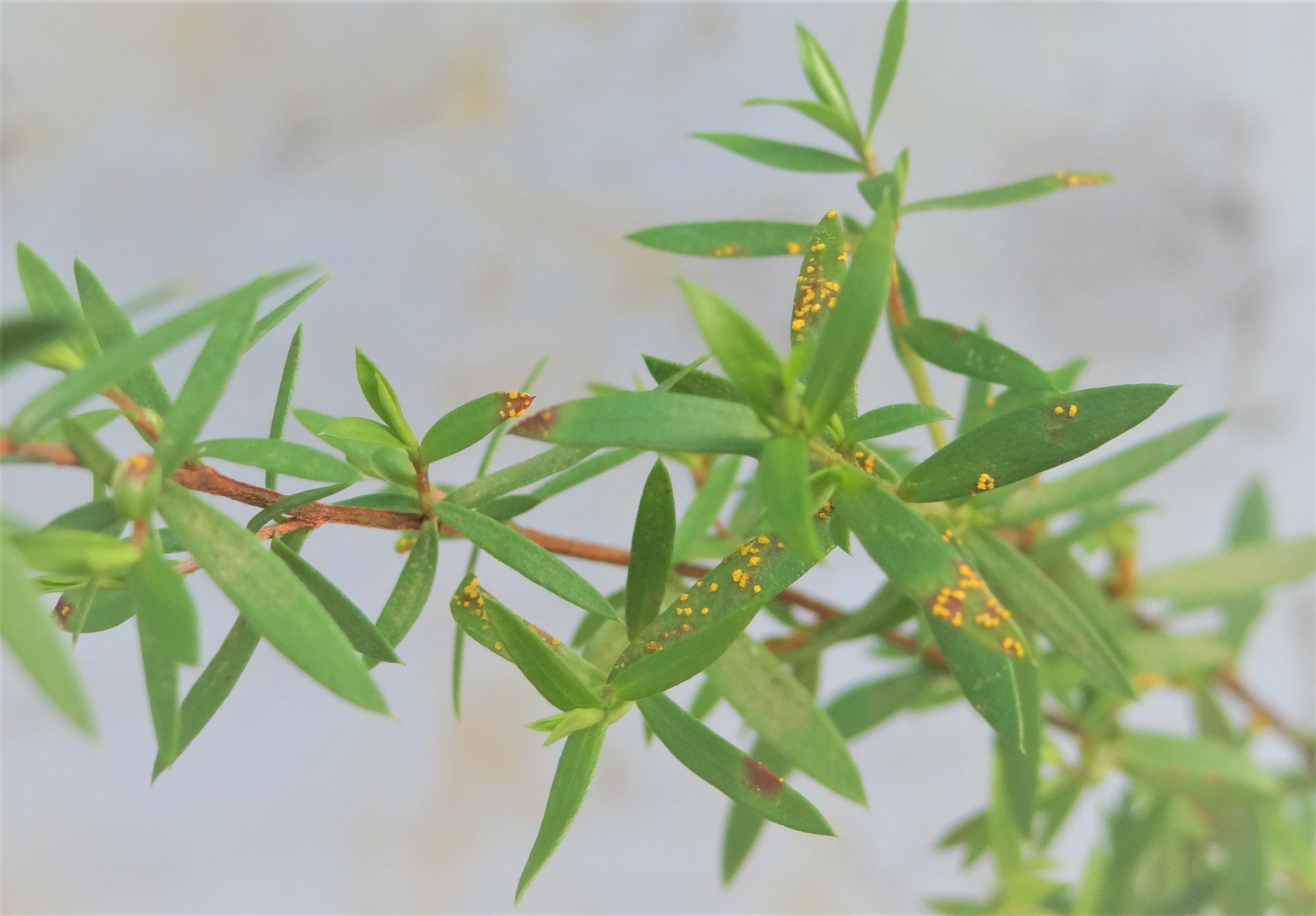
Are our indigenous myrtles susceptible to other myrtle rust strains?
To understand how susceptible our myrtle species are to other strains of myrtle rust, researchers investigated the susceptibility of four indigenous myrtle species to the South African strain of myrtle rust.